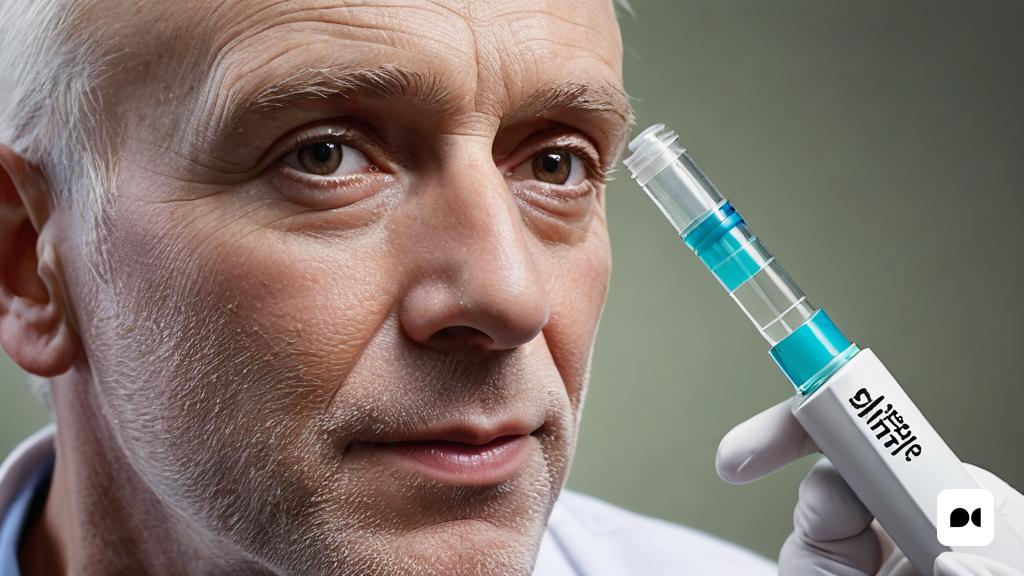Positive results in the treatment of melanoma
The combination of an experimental skin cancer vaccine developed by Moderna and Merck, along with the Keytruda therapy, has shown promising results in the treatment of melanoma, a deadly form of skin cancer. According to data presented at the annual meeting of the American Society of Clinical Oncology in Chicago, this combination has improved patient survival and demonstrated long-lasting efficacy.
In a clinical trial of 157 patients, those who received the vaccine and treatment combination had a survival rate of 96%, compared to 90.2% of patients who received Keytruda therapy alone. Additionally, approximately 75% of patients who received both treatments had recurrence-free survival, compared to 55.6% of patients who received Keytruda alone. These benefits were seen in different subgroups of patients, regardless of whether they had tumors with a large number of mutations or whether they had sufficient levels of the PD-L1 protein, which helps regulate the body’s immune responses.
How the experimental vaccine works
The experimental vaccine developed by Moderna and Merck uses messenger RNA technology and is customized for each patient. After tumors are surgically removed, cancer cells are analyzed and vaccines are designed to train the immune system to attack specific mutations present in those cells. This vaccine is combined with Keytruda, a drug approved for the treatment of melanoma and other types of cancer, which helps deactivate a protein that allows cancer to evade the immune system.
Moderna’s goal is to reduce the time between the initial analysis of a tumor and the administration of the vaccine, so that patients can receive treatment more quickly and effectively.
Additional benefits of combined treatment
In addition to improving patient survival, the combination of the experimental vaccine and Keytruda therapy has also been shown to reduce the risk of skin cancer recurrence or death by 49%. An improvement in distant disease-free survival has also been observed, with a reduction in the risk of developing metastases in other organs in 62% of cases.
As for side effects, the most common ones associated with the vaccine were fatigue, pain at the injection site and chills, although they were mostly mild. Patients who received the combination of treatments had slightly higher immune-related side effects.
Melanoma and its current treatment
Melanoma is a type of skin cancer that affects about 132,000 people a year worldwide and is the leading cause of death from skin cancer. Currently, the main treatment for melanoma is surgery, although other approaches such as radiation therapy, medications, and chemotherapy are also used.
Melanoma originates in melanocytes, which are the cells that produce the pigment that gives color to the skin. Although it usually originates in areas exposed to the sun, such as the arms, back, face and legs, it can also appear in other parts of the body, such as the eyes, nose or throat.
In Spain, around 7,500 cases of melanoma are treated each year, and it is estimated that 80% of cases develop on apparently healthy skin. It is important to note that melanoma can evolve from a previous skin lesion, such as a freckle, so it is essential to be attentive to any changes in the skin and go to the doctor if you suspect anything.

